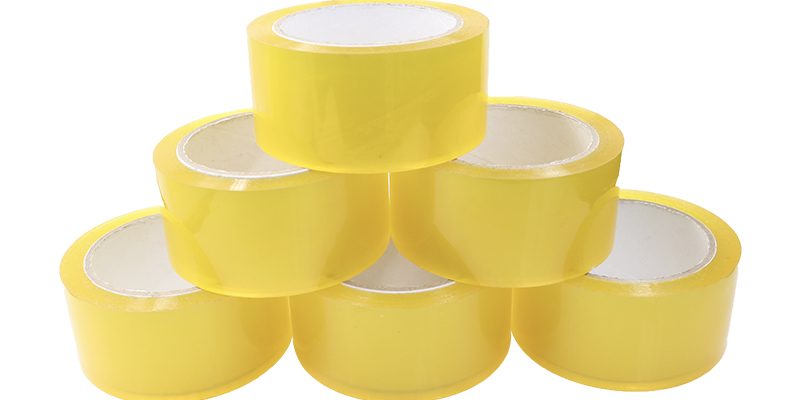BOPP tape, a staple in the packaging industry, undergoes a sophisticated manufacturing process that contributes to its superior quality and performance. This blog post offers an overview of the step-by-step process involved in producing BOPP tape.
Extrusion of Polypropylene Film: The process begins with the extrusion of polypropylene pellets, which are melted and formed into a thin film using specialized machinery. The film’s thickness is controlled to ensure uniformity.
Biaxial Orientation: The polypropylene film undergoes biaxial orientation, a critical step where it is stretched both lengthwise and widthwise. This process enhances the film’s mechanical properties, such as strength, clarity, and flexibility.
Coating with Adhesive: The oriented film is coated with adhesive on one side using precision coating equipment. The adhesive is chosen based on factors like adhesion strength, temperature resistance, and application requirements.
Slitting and Cutting: The coated film is then slit into narrower rolls according to the desired tape width. The rolls are cut to the required length, forming individual rolls of BOPP tape.
Printing and Customization: BOPP tape can be printed with branding, logos, text, and patterns. This customization adds a professional touch and serves as an effective tool for communication and marketing.
Packaging and Quality Control: The finished BOPP tape rolls are packaged and subjected to quality control measures to ensure consistent adhesion, color, and overall performance.
The meticulous manufacturing process of BOPP tape contributes to its durability, adhesive strength, and versatility, making it a reliable choice for various packaging applications.
























